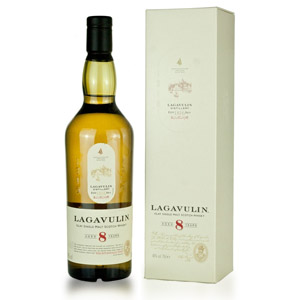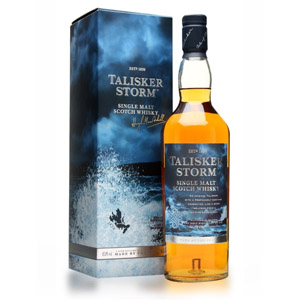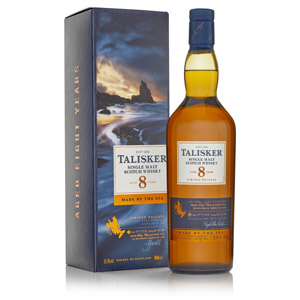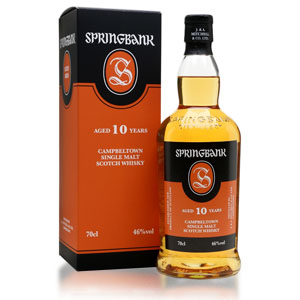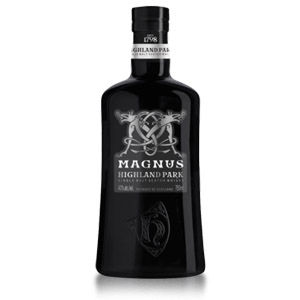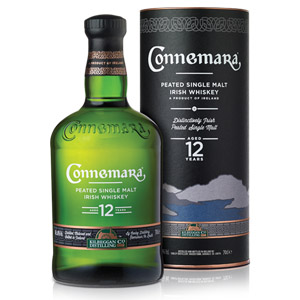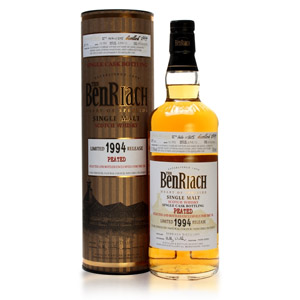Compass Box – Peat Monster (2019 Edition)
The new formula still relies on Caol Ila and Laphroaig, but at a different ratio and without the extraneous peated Highland malts. The new Peat Monster contains 64% Caol Ila and 35% Laphraoig, plus 1% of the French Oak-aged batch of blended Highland malts that John Glaser seems to be throwing into everything these days.



